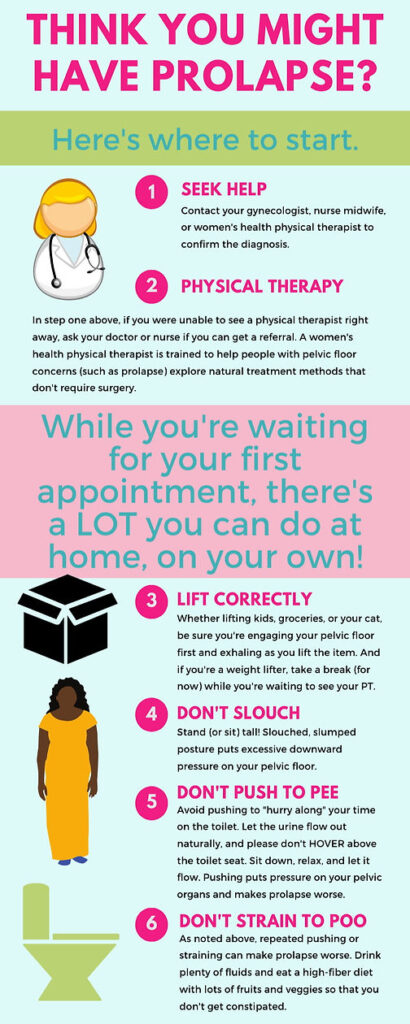आयुष्मान कार्ड के द्वारा आपरेशन इत्यादि एवं डायलिसिसि की सुविधा उपलब्ध है।
Pelvic Organ Prolapse
Urinary bladder is situated in the pelvis between the pelvic bones. When the muscles that support the pelvic region are strained, in cases such as, during vaginal childbirth or chronic constipation, then it may result in anterior prolapse.
What is it?
An anterior prolapse also called bladder prolapse or cystocele is a condition where the bladder is herniated into the vagina making it appear like a bulge. This occurs when the supportive tissues of the vagina become frail and stretched.
Causes of anterior prolapse
The muscles, ligaments and connective tissues in the pelvic floor holds up the bladder and other pelvic organs. Any damage to these muscles or ligaments present between the pelvic floor and bladder may weaken and stretch the bladder and vaginal walls which ultimately nudges the displacement of the bladder into the vagina. Below are certain factors that may weaken the pelvic muscles:
- Pregnancy and vaginal delivery
- Overweight or obesity
- Heavy lifting of the objects
- Repetitive straining during bowel movements
- Inappropriate gym exercises
- Chronic or violent coughing
The symptoms of moderate to severe anterior prolapse would include:
- Sensation of fullness or pain in the pelvic region
- Feeling of incomplete urination
- Increased frequency and urge to urination
- Recurrent urinary tract infections
- Protrusion of vagina and bladder through the vaginal opening
A physical examination and certain laboratory tests are absolutely necessary. These examination would allow the doctor to grade the prolapse and ascertain the pelvic floor muscles.
The doctor may heavily recommend bladder and pelvic ultrasound to rule the presence of any masses applying pressure on the bladder and also evaluate the muscle function. Urinalysis may be proposed to look for any symptoms of infection in the bladder. Ultrasound of the pelvis. Imaging tests. Blood tests.
In cases of asymptomatic bladder prolapse, treatment is not necessary. However, implementing certain lifestyle modifications could pave the way in preventing or worsening the condition. In moderate anterior prolapse, the following therapies are highly recommendable.
Vaginal pessaries : A vaginal pessary is a plastic ring that should be inserted into the vagina to support the vaginal wall and holds the bladder.
Estrogen therapy : Your doctor might suggest estrogen therapy which keeps the pelvic floor muscles strong and healthy by preventing further prolapse.
